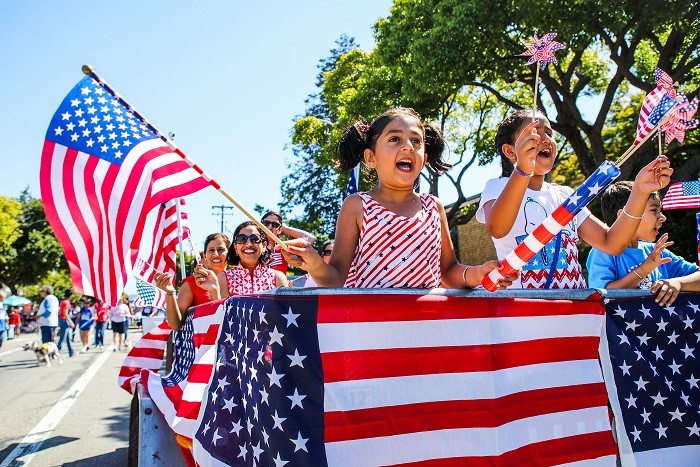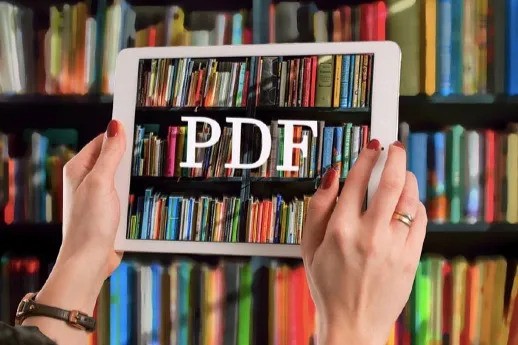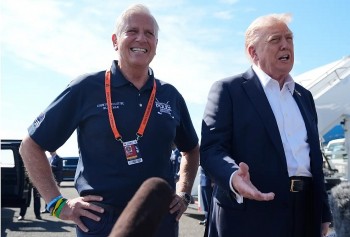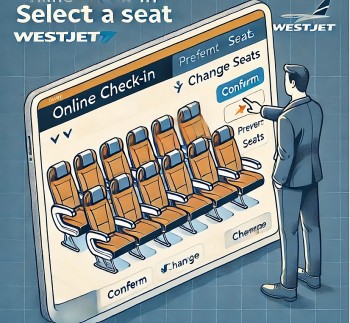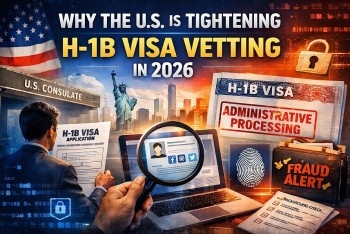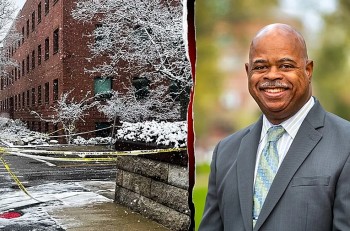Donald Trump's New Education Policies: Backing School Choice and Empowering Parents
 |
| President Donald Trump signed a sweeping executive order backing school choice and empowering parents in education |
This directive underscores the administration’s commitment to empowering families by providing alternatives to traditional government-run schools and fostering a competitive educational environment.
Rationale Behind the Executive Order
The executive order emphasizes the importance of school choice as a means to improve student outcomes and address the shortcomings of the current education system. According to the National Assessment of Educational Progress (NAEP), 70% of eighth graders scored below proficient in reading, and 72% fell below proficiency in math. These alarming statistics highlight the need for alternative educational options that better serve students' needs.
Furthermore, geographically based school assignments often drive up housing costs in districts with high-performing schools, putting financial strain on families. By allowing parents to choose the best educational setting for their children, Trump’s administration seeks to break the monopoly of underperforming public schools and create a system driven by competition and quality.
Key Directives of the Executive Order
The order mandates several federal agencies to take immediate action in promoting school choice:
• Department of Education: Within 60 days, the Secretary of Education is required to issue guidance on how states can use federal formula funds to support K-12 educational choice initiatives. Education freedom is also to be prioritized in discretionary grant programs.
• Department of Health and Human Services (HHS): Within 90 days, the Secretary must provide guidance on how states can utilize block grants, including the Child Care and Development Block Grant (CCDBG), to expand educational choices, including private and faith-based schooling.
• Department of Defense (DOD): The Secretary is tasked with reviewing and submitting a plan detailing how military-connected families can use department funds to attend schools of their choice for the 2025-2026 school year.
• Department of the Interior: Within 90 days, the Secretary must review and submit a plan to allow families of students eligible to attend Bureau of Indian Education (BIE) schools to use federal funding to choose their preferred school.
Public Support for School Choice
The executive order aligns with the growing national sentiment in favor of school choice. A survey conducted by Fabrizio, Lee & Associates revealed that 75% of voters rated the U.S. public education system as fair or poor. Additionally:
• 74% of voters favor school choice, supporting the ability for parents to select between public, private, or trade schools.
• 81% agree that the U.S. should empower parents by providing greater access and more educational choices.
• 65% believe parents should have more control over their children’s education than teachers’ unions.
These findings demonstrate widespread bipartisan support for policies that prioritize student needs over bureaucratic control.
Addressing the Educational Crisis Exposed by COVID-19
The COVID-19 pandemic exposed deep flaws within the public education system, particularly in the wake of government and teachers' union-led school closures. These shutdowns resulted in catastrophic learning losses, leaving many students years behind in their education. Simultaneously, parents became increasingly aware of controversial ideologies infiltrating school curriculums, such as radical gender theories and politically driven content.
Concerns also grew over the presence of explicit content in school libraries, school-facilitated gender transitions without parental consent, and drag performances targeted at minors. To address these issues, Trump has taken additional measures, including an executive order cutting federal funding for schools that promote radical gender ideology and Critical Race Theory.
State-Level Success Stories in School Choice
More than a dozen states have successfully implemented universal K-12 scholarship programs, allowing families—not the government—to decide their children's education. These programs have proven to be effective in improving student outcomes, as competition encourages schools to enhance their performance.
Research has shown that well-designed education freedom initiatives lead to:
• Higher student achievement in both school-choice programs and surrounding public schools.
• Better college readiness among students attending school-choice institutions.
• Greater parental satisfaction, with families reporting increased engagement and confidence in their children’s education.
Trump’s Long-Term Vision for Education Reform
Throughout his presidency, Donald Trump has remained a strong advocate for reducing federal control over education and returning power to states and communities. Some of his proposed long-term reforms include:
• Ending the Department of Education and redirecting its responsibilities to state governments.
• Expanding federal school choice vouchers, ensuring that funding follows the student, rather than being tied to failing institutions.
• Holding schools accountable for academic outcomes, shifting away from ideological teachings and back to core academic subjects.
In Conclusion
President Trump’s latest executive order represents a bold step toward transforming American education. By prioritizing school choice, fostering competition, and reinforcing parental authority, the administration aims to create an educational landscape that prioritizes students' success above political and bureaucratic interests. With strong public support and successful state-level models, Trump’s approach to education reform has the potential to reshape the future of K-12 education in the United States.
FAQs
-
What is school choice, and how does it benefit students?
School choice allows parents to select the best educational environment for their children, including public, private, charter, magnet, or homeschooling options. It promotes competition and enhances overall educational quality.
-
How will the executive order impact public schools?
By introducing competition, public schools will be incentivized to improve their quality of education to retain students. Research shows that school-choice programs can lead to better academic performance even in traditional public schools.
-
Will federal funding be redirected from public schools?
The executive order primarily reallocates existing funds toward school-choice initiatives without eliminating funding for public schools. The goal is to provide families with greater educational options.
-
How do school vouchers work?
School vouchers allocate government education funds directly to families, allowing them to use these funds toward tuition at private or charter schools, trade schools, or other accredited institutions.
-
What role do parents play in these new policies?
The executive order strengthens parental authority by ensuring that families, rather than government entities or teachers' unions, have the primary role in deciding their children's education.
 How Many Universities Are There in the U.K in 2025? How Many Universities Are There in the U.K in 2025? In England, Scotland, Northern Ireland, and the Ridges, there are numerous colleges in the United Kingdom that provide a diverse array of educational options. According ... |
 Best Quotes and Messages In Education Best Quotes and Messages In Education Let's follow this article to know more about Best Inspirational Motivating Quotes and Messages for students! |
 Education in the Age of Uncertainty: How Will Behave and Prepare Education in the Age of Uncertainty: How Will Behave and Prepare Due to the raging COVID pandemic, perhaps the visualization of uncertainty has become clearer. |
 The Impact of Technology in Education The Impact of Technology in Education Are you a student or teacher and wondering about the impact technology has on education? This article has explained all you need to know and ... |



